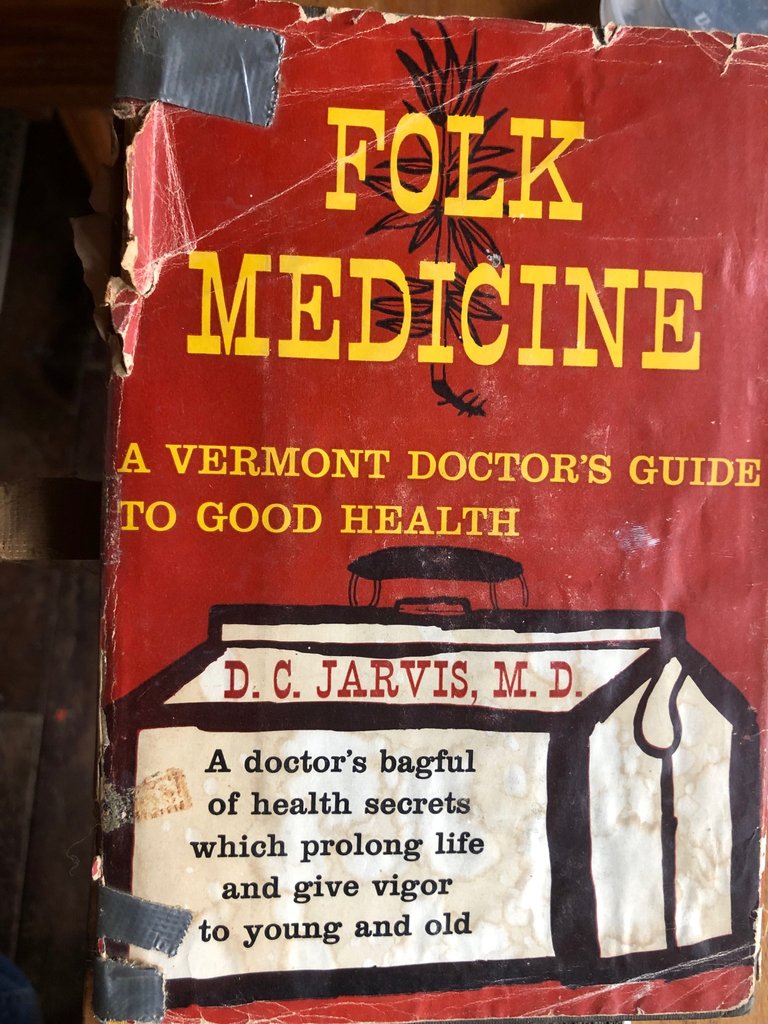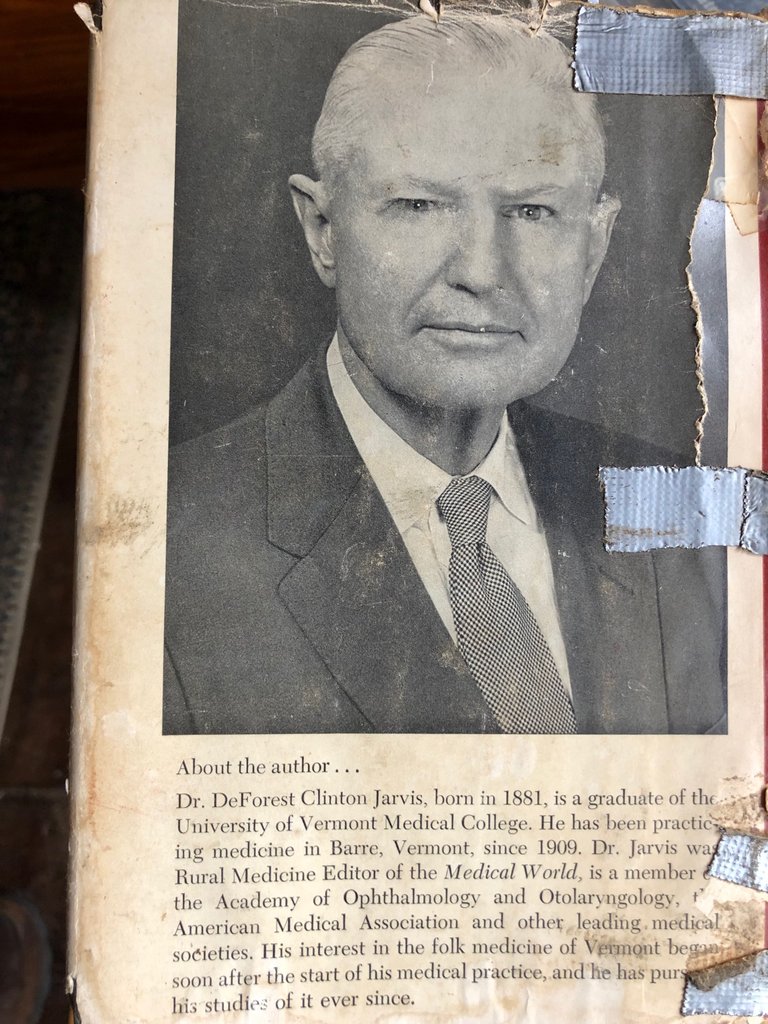Below is a photo of Sooie the cat. Her being from the family felis useless could imply that this type of animal is of little use to humanity, but in the photo, Sooie is demonstrating some instinctive survival tactics that humanity might be able to learn from. She may be lazily sleeping in the middle of the day, but at the same time she is busy teaching us humans an important lesson in good health; she is conditioning the air that she breathes by burrowing her nose in her fur.

A Useful Health Tip From an Otherwise Useless Cat
Humanity seems to have forgotten a lot of the basic survival techniques that are required for living upon this planet. While humans proudly use their heads to invent gismos that are supposed to help themselves and other humans to survive here, the animals tend to use their instincts and 'genetic memory' to ensure that they are able to live another night in the wild. Sooie the cat-- famously useless-- naturally knows more about staying alive on Earth than any human, and even the most skilled experts in the fields of medicine can learn a thing or two by observing the habits of the animals like her.
D. C. Jarvis, M. D.
In a 1958 book by D. C. Jarvis, M. D. called 'Folk Medicine' we can learn from another human how to observe and mimic the instinctive patterns of nature and animals as a form of medicine.


During a study, Dr. Jarvis noted that subjects who slept with their windows open at night tended to get more head colds than those who slept with the bedroom windows shut. Further, he was informed by some children who lived on a farm that their hens would sleep with their beaks under the feathers of a wing, which led him to conclude that the windows should be shut at night for optimal health in a human.
We can learn from the animals, but it turns out we can learn things from children as well.
In the book, Dr. Jarvis describes how mammals tend to wrap their tail around their own nose before they go to sleep, horses who sleep with their heads together to share a warmed space of breathing air, and hens that tuck their beaks under some of their own feathers at night, and he suggests that the animals are instinctively altering the air that they breath during their rest. In his hypothesis, the doctor wonders if the natural habit is designed to simply warm the cold air before it hits the warmer throat and lungs.
Learning From Sooie the Cat
Sooie the cat is a good teacher, and like all animals, she knows a few tricks about how to live on Earth. For her, the best way to sleep is by breathing through the fur on her tail or arm, while we humans may have to improvise by using a bit of sheet or pillowcase to condition our breathing air, or simply by closing the windows at night. Animals know when to sleep, when to eat and when not to, and by observing their behavior, we humans might prolong our own lives naturally. While we use our heads to figure out new ways to stay healthy, the animals use their whole bodies to correspond with their environment, and they incorporate the ancient lessons that their species has never forgotten. Now, we can use our big brains to understand that those animals may be smarter than we thought.

I'm a real sleep-with-the-window-open'er. Seems to be better, clear air to me. But LIKE Sooie the Cat, I've learned a thing or two over the years. (See, we CAN use our punny little brains for more than holding up a hat, or devising fixes to things we've messed up all over the planet). But that is where the hat comes in. A fuzzy sleeping hat, to keep the head and face warm at night while the air is streaming in. And when you pull it down far enough, it also keeps the light out in the AM, so you can sleep in, if you have the chance. THAT part has been a huge discovery. The darkening influence and great sleep. But on second thought, the hat doesn't really cover my mouth, just the nose, so I'm sure Dr. Jarvis would have something to say about that. As well as Sooie..."Get your paw, over your breathing apparatus, human." Oh well, maybe be aren't as teachable as we like to think ( :
Yes, I discovered the night cap a few years ago, and unless it's terribly cold, I usually have the window cracked a little for the fresh air too. Since I read the doc's book back in the '80s I've been improvising a furry paw over the nose by bunching up the sheets-- I don't know if my nose stays covered all night, but I'm only human, trying to copy my feline teachers.
If the little fourlegger's ran the world, it would be an amazing place. And we'd spend a whole lot of time napping, which might not be a bad thing, compared to more creative ways to do each other in...
I'll try the bunched human catpaw, the cats, and the doc, seem to know what is up.
Interesting. I have obviously seen countless cats and dogs sleeping with their tail over their nose but I never really thought anything of it. It's an interesting hypothesis that this behavior is to warm the air before it enters the lungs. I never thought of that. Cool :)
Posted using Partiko Android
Yeah there must be some reason that so many animals practice this breathing technique. Sometimes I do copy the habits of animals even if I don't know exactly what the function of the habit really is.
I'm lucky, in Scotland we let much have to sleep with the windows closed all the time!
I think when this book was published ('58) more people were holding onto the notion that sleeping with open windows was healthy. Nowadays people just turn on the AC or heater, and paint the windows shut.
Yikes. I might not like to sleep with an open window simply because of the cold but I do like to have them open during the day and get done of that fresh in!
Hello @therealpaul! This is a friendly reminder that you have 3000 Partiko Points unclaimed in your Partiko account!
Partiko is a fast and beautiful mobile app for Steem, and it’s the most popular Steem mobile app out there! Download Partiko using the link below and login using SteemConnect to claim your 3000 Partiko points! You can easily convert them into Steem token!
https://partiko.app/referral/partiko